Buy the photo Memorial stone at the Johannis Cemetery in Nuremberg by Thomas Riess on canvas, ArtFrame, poster and wallpaper, printed on demand in high quality.
About "Memorial stone at the Johannis Cemetery in Nuremberg"
by Thomas Riess
About the artwork
The Johannisfriedhof is an ecclesiastical cemetery in Nuremberg with historical and artistically valuable bronze epitaphs as well as culturally and historically significant lying (standardised) gravestones and burial sites of the Nuremberg population from more than five centuries. Because of its historical sights, the Johannisfriedhof is a destination for cemetery tourism and a stop on Nuremberg's Historic Mile. The nucleus of the later Johannisfriedhof was a so-called Siechkobel (leper house) for lepers in 1234. In 1238, Pope Gregory IX approved a burial ground with a chapel here, which was the predecessor of St. John's Church around 1250. In the years that followed, this churchyard was used not only by the inmates of the Siechkobel but also by farmers from the surrounding area as a place of burial. The choir of today's St. John's Church was consecrated in 1377, the nave in 1395. The chapel has hardly changed its appearance since then: Around 1395, on the occasion of a plague epidemic, the space around St. Stephen's Chapel (predecessor of the Holzschuher Chapel), which was consecrated in that year, was also used as a burial place for victims of the disease. These burials outside the walls were also the exception in the following 15th century. Only when epidemics exceeded the capacity of the churchyards around the churches of St. Sebald and St. Lorenz, St. Jacob and the Heilig-Geist-Spital did this step take place, whereby the burial ground to the west of St. Stephen's Chapel was probably extended in 1427 and 1457. After the hygienic conditions in the churchyards within the city walls had become intolerable in the late 15th century, the sovereign of the imperial city of Nuremberg, Emperor Maximilian I, issued a mandate on 31 October 1518, according to which all burials had to take place outside the city walls in times of plague. On this basis, the city council was able to enforce, even against the objections of the clergy, that for the

About Thomas Riess
Amateur photographer with advanced knowledge, retired for 6 years. Made my first experiences with photography as an employee at CANON and now, after many stations, take photos digitally with the Pentax K1 MK II and various lenses. My main focus is difficult to define. .. Read more…
 Netherlands
Netherlands Ordered in March 2019
Ordered in March 2019
 Netherlands
Netherlands Ordered in June 2023
Ordered in June 2023
 Netherlands
Netherlands Ordered in December 2021
Ordered in December 2021
 Netherlands
Netherlands Ordered in May 2017
Ordered in May 2017
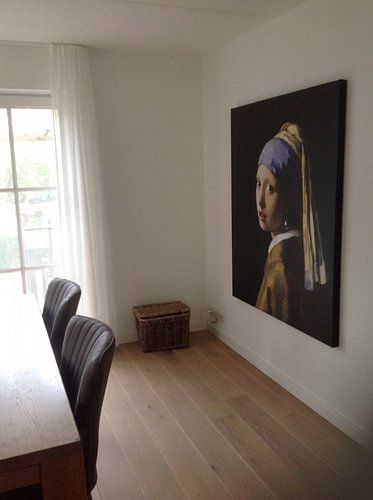
 Netherlands
Netherlands Ordered in April 2021
Ordered in April 2021
 Netherlands
Netherlands Ordered in October 2021
Ordered in October 2021
 Netherlands
Netherlands Ordered in December 2023
Ordered in December 2023
 Germany
Germany Ordered in May 2023
Ordered in May 2023
 Germany
Germany Ordered in February 2024
Ordered in February 2024
 Germany
Germany Ordered in December 2023
Ordered in December 2023
 Germany
Germany Ordered in March 2019
Ordered in March 2019
 Netherlands
Netherlands Ordered in February 2017
Ordered in February 2017
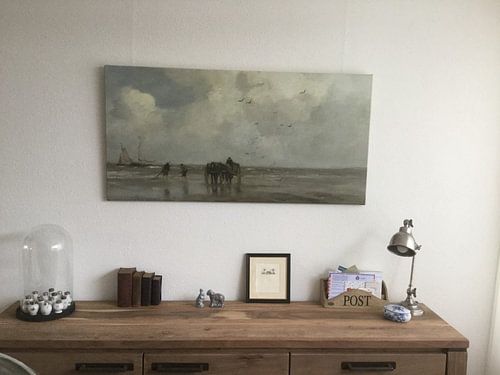
About the material
ArtFrame™
Interchangeable Art Prints
- High-quality print
- Easily interchangeable
- Acoustic function
- Large sizes available
Discover the artworks of Thomas Riess
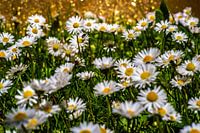 Flower meadowThomas Riess
Flower meadowThomas Riess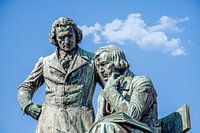 Brothers GrimmThomas Riess
Brothers GrimmThomas Riess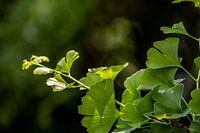 Gingko in the sunThomas Riess
Gingko in the sunThomas Riess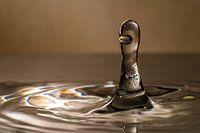 From the depthsThomas Riess
From the depthsThomas Riess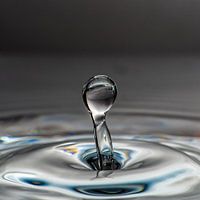 source of lifeThomas Riess
source of lifeThomas Riess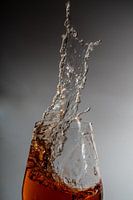 sweeping inThomas Riess
sweeping inThomas Riess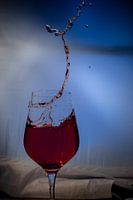 To a glass of wineThomas Riess
To a glass of wineThomas Riess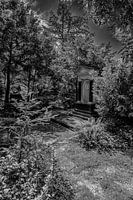 at the cemetery in FrankfurtThomas Riess
at the cemetery in FrankfurtThomas Riess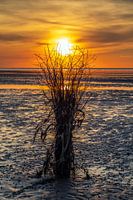 The day endsThomas Riess
The day endsThomas Riess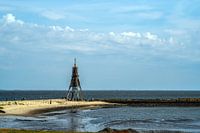 Kugelbake in CuxhavenThomas Riess
Kugelbake in CuxhavenThomas Riess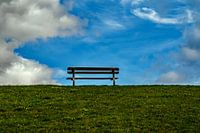 Bench on dikeThomas Riess
Bench on dikeThomas Riess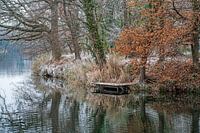 No bathing weatherThomas Riess
No bathing weatherThomas Riess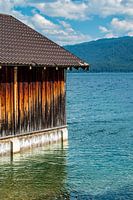 Relaxation at WalchenseeThomas Riess
Relaxation at WalchenseeThomas Riess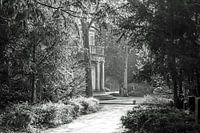 Forest walk monochromeThomas Riess
Forest walk monochromeThomas Riess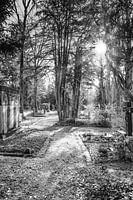 Towards the sunThomas Riess
Towards the sunThomas Riess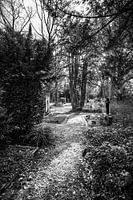 On the last roadThomas Riess
On the last roadThomas Riess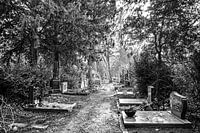 Towards the sunThomas Riess
Towards the sunThomas Riess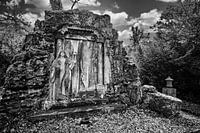 Memorial stone at Frankfurt's main cemeteryThomas Riess
Memorial stone at Frankfurt's main cemeteryThomas Riess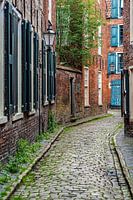 Historic old town in East FrisiaThomas Riess
Historic old town in East FrisiaThomas Riess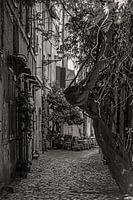 In the centre of the Trastevere districtThomas Riess
In the centre of the Trastevere districtThomas Riess
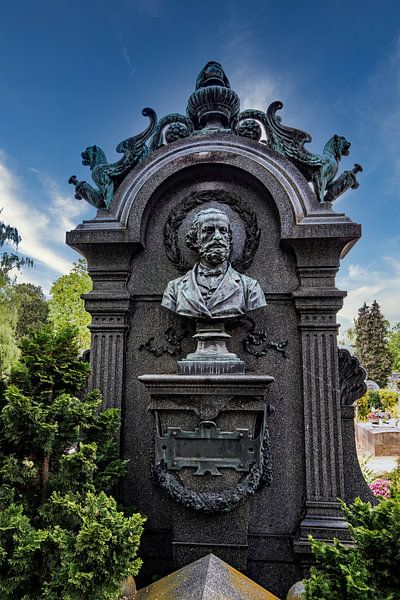












 Photo wallpaper
Photo wallpaper Photography
Photography Serene Peace
Serene Peace









